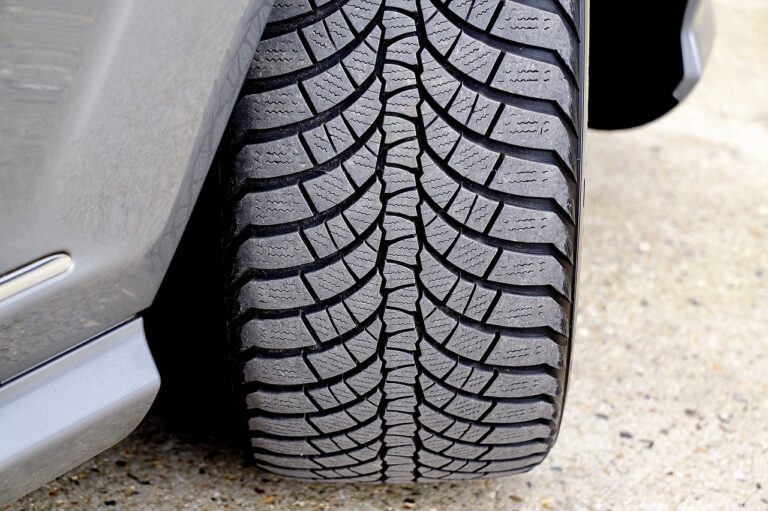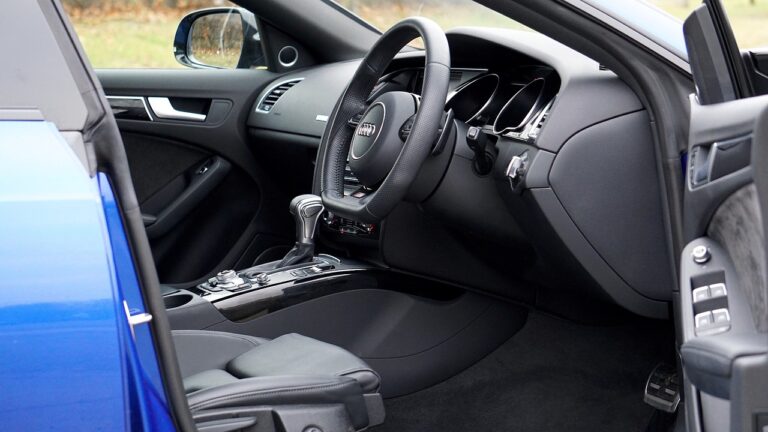The Role of IoT in Enhancing Car Connectivity and Functionality
Car connectivity has come a long way since its inception, with vehicles now equipped with advanced technologies that allow for seamless integration with various devices. Gone are the days of just having a radio in your car; now, drivers can connect their smartphones to the vehicle’s infotainment system, access navigation apps, and even control certain functions remotely. This evolution has transformed the driving experience, making it more convenient and enjoyable for users.
Moreover, as car manufacturers continue to prioritize connectivity in their designs, the future of automotive technology looks increasingly bright. With the rise of autonomous vehicles and the Internet of Things (IoT), cars are becoming more than just modes of transportation – they are evolving into smart, connected devices on wheels. This shift towards greater connectivity not only enhances the overall driving experience but also opens up new possibilities for improving road safety and efficiency.
Connecting Vehicles to the Internet
The integration of internet connectivity into vehicles has revolutionized the way we interact with our cars. From accessing real-time traffic information to remotely controlling certain vehicle functions through smartphone apps, the possibilities are endless. This advancement in technology has paved the way for enhanced convenience and efficiency in our daily commutes.
In addition to convenience, connecting vehicles to the internet opens up a new realm of possibilities for data collection and analysis. By gathering and analyzing data on driving patterns, vehicle performance, and environmental conditions, manufacturers can improve vehicle safety, efficiency, and overall user experience. This data-driven approach allows for the development of smarter and more responsive vehicles that cater to the evolving needs and preferences of drivers.
Enhancing Driver Safety Through IoT
In today’s technologically advanced world, the Internet of Things (IoT) has significantly transformed the automotive industry. With the integration of IoT technologies in vehicles, the focus has shifted towards enhancing driver safety through innovative solutions.
By leveraging IoT sensors and connectivity, vehicles can now provide real-time data on road conditions, traffic congestion, and potential hazards to drivers. This enables a more proactive approach to avoiding accidents and ensuring a safer driving experience for all road users.
• IoT sensors in vehicles can detect road conditions and alert drivers to potential hazards
• Real-time data on traffic congestion helps drivers plan alternative routes to avoid delays
• Integration of IoT technologies allows for a more proactive approach to driver safety
• Enhanced connectivity enables communication between vehicles to prevent accidents
What is IoT and how does it relate to driver safety?
IoT stands for Internet of Things, which refers to the network of physical devices connected to the internet. By connecting vehicles to the internet, IoT technology can enhance driver safety through various features and functionalities.
How does car connectivity contribute to driver safety?
Car connectivity allows vehicles to communicate with each other and with the surrounding infrastructure, enabling features such as real-time traffic updates, collision warnings, and emergency assistance, all of which can help enhance driver safety.
What are some examples of IoT technologies that can improve driver safety?
Examples of IoT technologies for driver safety include automatic emergency braking systems, lane departure warnings, adaptive cruise control, and vehicle-to-vehicle communication systems, all of which can help prevent accidents and minimize risks on the road.
How can drivers benefit from the evolution of car connectivity?
Drivers can benefit from the evolution of car connectivity by having access to real-time information about road conditions, traffic updates, weather alerts, and potential hazards, all of which can help them make informed decisions and drive more safely.
Are there any potential challenges or risks associated with IoT technologies in vehicles?
Some potential challenges or risks associated with IoT technologies in vehicles include cybersecurity threats, privacy concerns, and the potential for system malfunctions. It is important for manufacturers and users to address these issues to ensure the safe and secure implementation of IoT in vehicles.







